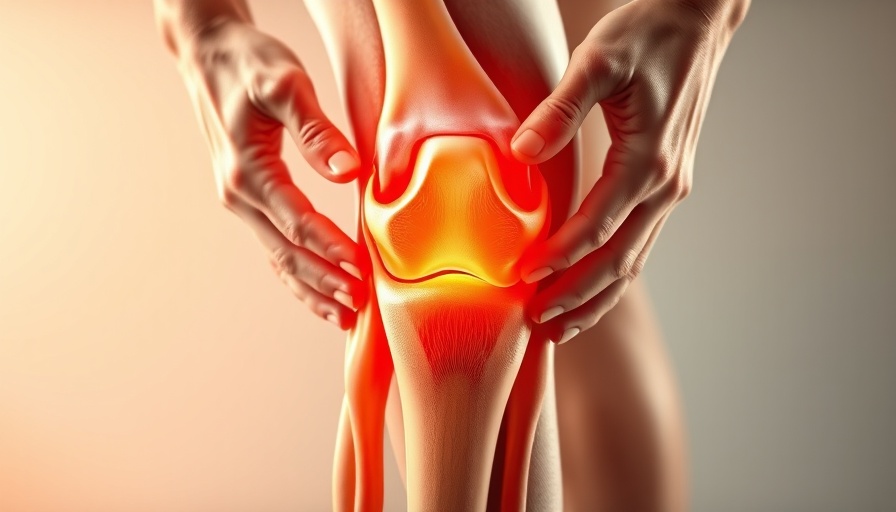
Innovative Approach to Joint Pain Relief: The Promise of New Embolization Agents
In the realm of medical advancements, researchers are discovering effective methods to alleviate chronic pain stemming from joint disorders. A recent study from Erasmus University Medical Center reports that three innovative and rapidly biodegradable embolization agents—imipenem/cilastatin (IPM/CS), quick-soluble gelatin sponge particles (QS-GSPs), and resorbable microspheres (RMs)—are proving to be safe and effective alternatives in treating pain associated with joint disorders.
Understanding Transcatheter Arterial Embolization (TAE)
Transcatheter arterial embolization (TAE) is a minimally invasive procedure that provides a viable alternative to traditional surgery for patients suffering from various joint issues, such as knee osteoarthritis and frozen shoulder. During TAE, a catheter is inserted into an artery to deliver embolic agents aimed at blocking blood flow to inflamed areas of the joint, thus reducing pain. This technique's appeal lies in its lower risk of complications compared to permanent solutions.
What the Study Reveals: Positive Outcomes for Patients
The retrospective analysis included 431 patients aged between 18 and 80, who underwent TAE from March 2020 to May 2023. The patients reported pain reduction across all embolic agents used, with significant improvements noted at the six-month mark after the procedure. Remarkably, the study indicated that no serious adverse events were recorded, adding to the potential for these biodegradable agents to transform how painful joint disorders are managed.
Comparative Insights: Temporary vs. Permanent Agents
Traditional embolic agents often come with risks of adverse events such as nerve damage. However, temporary agents like IPM/CS, QS-GSPs, and RMs represent a safer route with lower incidences of complications. This shift could change clinical practices as physicians and patients alike seek more effective and safer treatment methods for chronic pain management.
Future Directions in Joint Disorder Treatments
As the medical community continues to validate the efficacy of these biodegradable embolization agents, their potential application could extend beyond current joint disorders to a broader range of inflammatory conditions. The ongoing research offers hope for enhanced quality of life for patients who have struggled with chronic pain.
Individuals interested in pain management solutions should consult their healthcare providers about innovative treatment options like TAE. Staying informed about new developments can lead to more effective management of pain and improved health outcomes.
 Add Row
Add Row  Add
Add 




Write A Comment